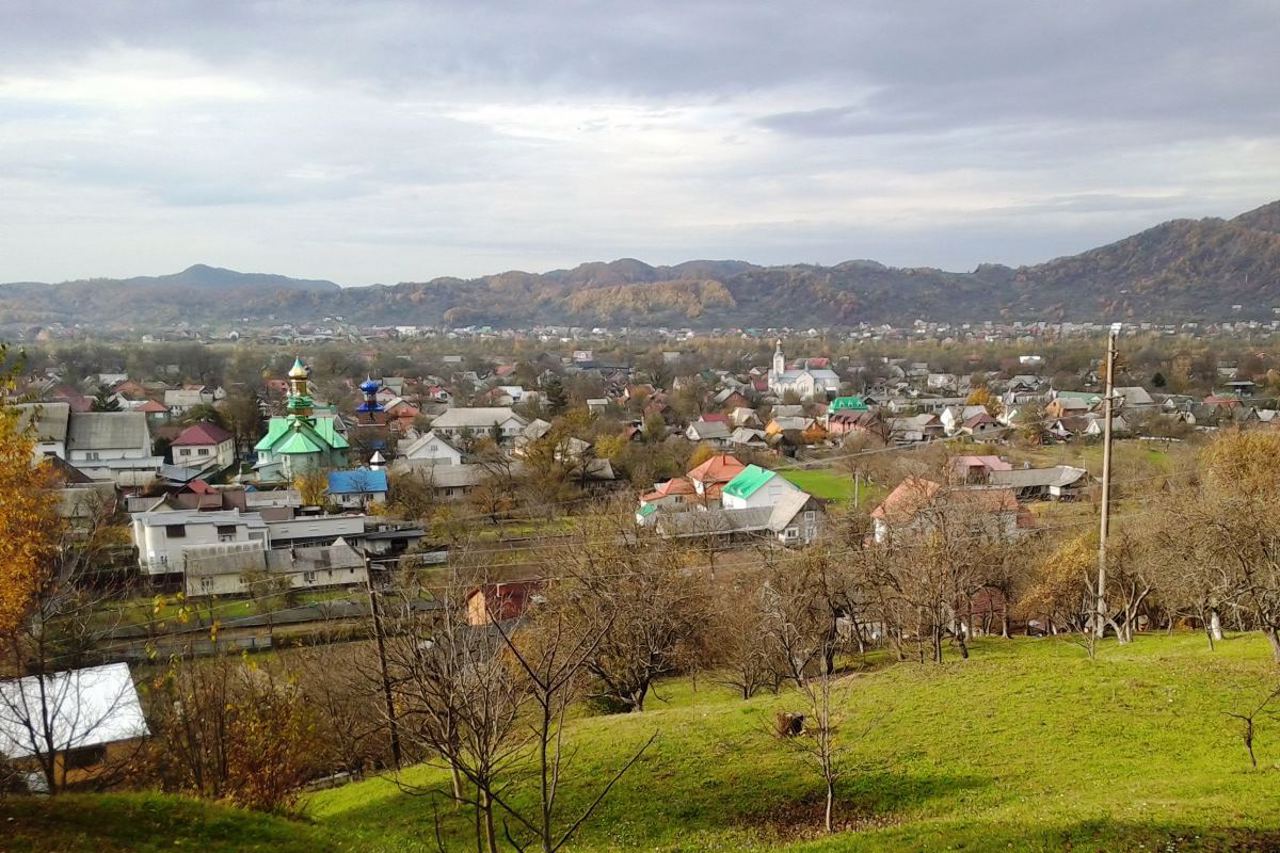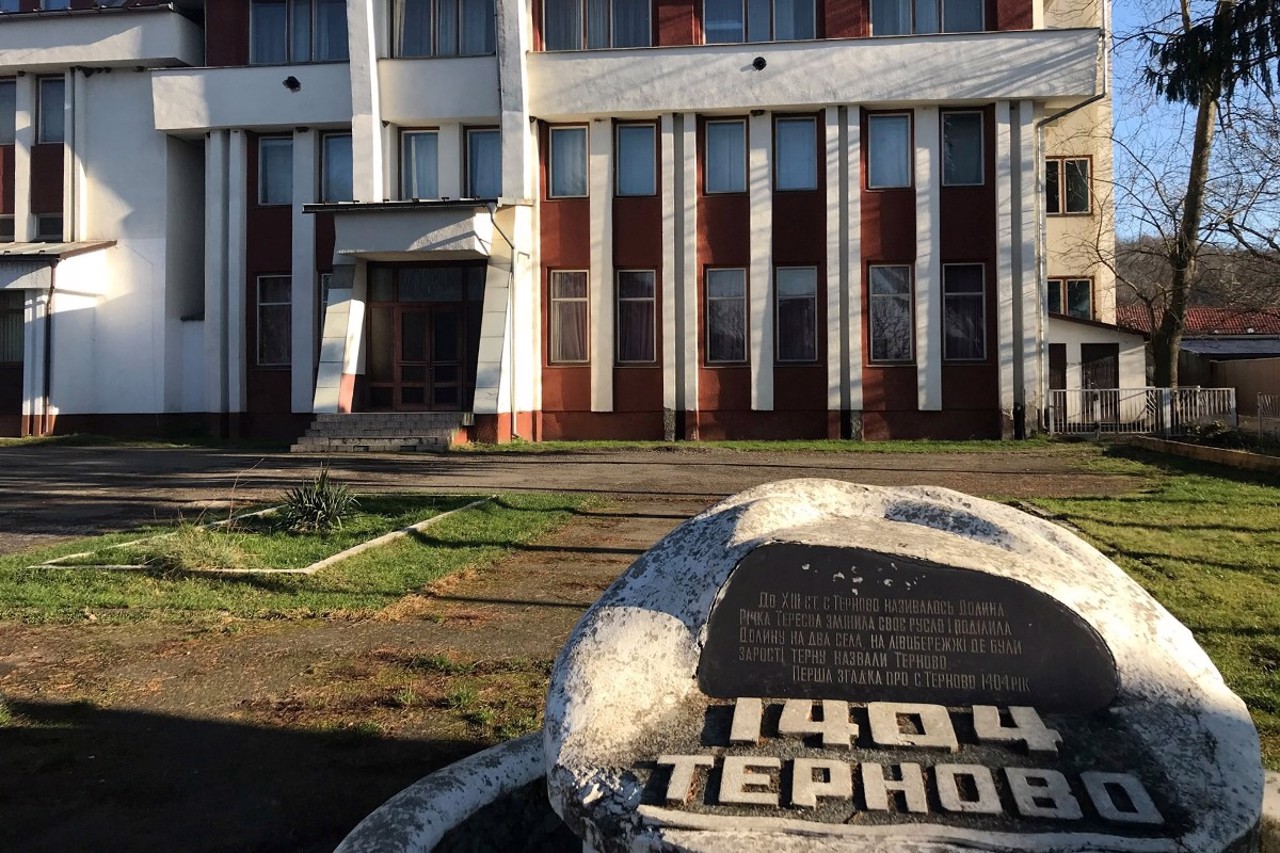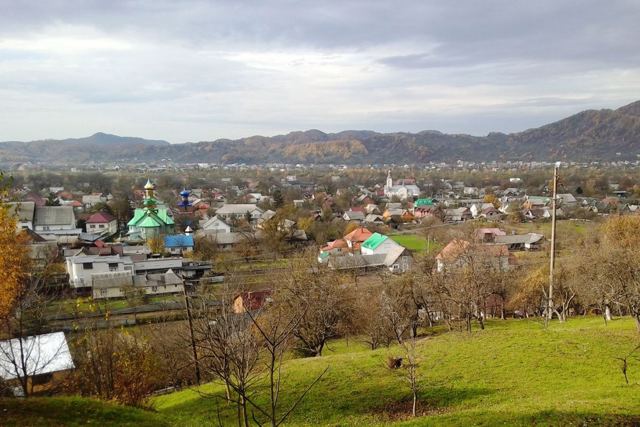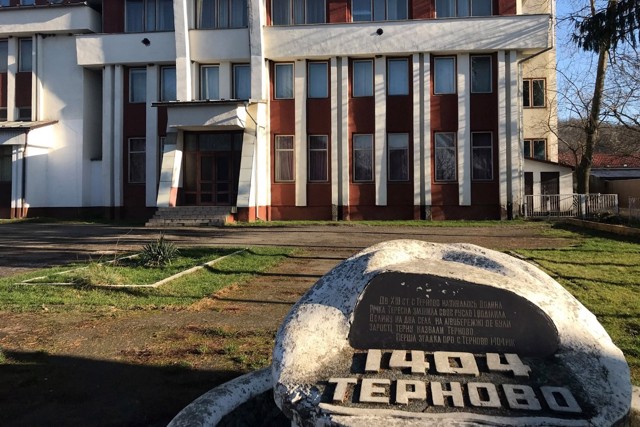Functional temporarily unavailable
General information about Ternovo
The village of Ternovo is located on the left bank of the Teresva River, 20 kilometers northeast of Tiachiv.
It is considered one of the largest villages in Transcarpathia - its area is 12 square kilometers, and the population reached 9,000 people. Representatives of more than 30 nationalities live here.
The year 1404 is considered the founding date of the village of Ternovo. Its rapid development at the beginning of the 20th century is connected with the laying of the Teresva - Ust-Chorna narrow-gauge railway through it.
Among the architectural monuments in the village, the brick church of the Holy Trinity, built in 1930 according to the project of the Uzhhorod architect Emilian Egreshi, has been preserved. The architecture of the temple combines traditional Romanian ...
The village of Ternovo is located on the left bank of the Teresva River, 20 kilometers northeast of Tiachiv.
It is considered one of the largest villages in Transcarpathia - its area is 12 square kilometers, and the population reached 9,000 people. Representatives of more than 30 nationalities live here.
The year 1404 is considered the founding date of the village of Ternovo. Its rapid development at the beginning of the 20th century is connected with the laying of the Teresva - Ust-Chorna narrow-gauge railway through it.
Among the architectural monuments in the village, the brick church of the Holy Trinity, built in 1930 according to the project of the Uzhhorod architect Emilian Egreshi, has been preserved. The architecture of the temple combines traditional Romanian and Ukrainian styles of temple construction.
To the east of Ternovo, behind the village of Vyshovatyi, there are the Vyshovatski waterfalls, the highest of which reaches 14 meters.
Село Терново на лівому березі річки Тересва розташоване за 20 кілометрів на північний схід від Тячева.
Вважається одним з найбільших сіл Закарпаття - його площа становить 12 квадратних кілометрів, а населення сягнуло 9000 осіб. Тут мешкають представники понад 30 національностей.
Датою заснування села Терново вважається 1404 рік. Його бурхливий розвиток на початку XX століття пов'язаний із прокладкою через нього вузькоколійної залізниці Тересва – Усть-Чорна.
З архітектурних пам'яток у селі збереглася мурована церква Святої Трійці, збудована 1930 року за проєктом ужгородського архітектора Еміліяна Егреші. В архітектурі храму поєднані традиційні румунський і український стилі храмового будівництва.
На схід від Тернова, за селом Вишовате розташова ...
Село Терново на лівому березі річки Тересва розташоване за 20 кілометрів на північний схід від Тячева.
Вважається одним з найбільших сіл Закарпаття - його площа становить 12 квадратних кілометрів, а населення сягнуло 9000 осіб. Тут мешкають представники понад 30 національностей.
Датою заснування села Терново вважається 1404 рік. Його бурхливий розвиток на початку XX століття пов'язаний із прокладкою через нього вузькоколійної залізниці Тересва – Усть-Чорна.
З архітектурних пам'яток у селі збереглася мурована церква Святої Трійці, збудована 1930 року за проєктом ужгородського архітектора Еміліяна Егреші. В архітектурі храму поєднані традиційні румунський і український стилі храмового будівництва.
На схід від Тернова, за селом Вишовате розташовані Вишоватські водоспади, найвищий з яких сягає 14 метрів.
Сплануй своє перебування у Ternovo
What to see and where to go in Ternovo
Tourist attractions and museums of Ternovo
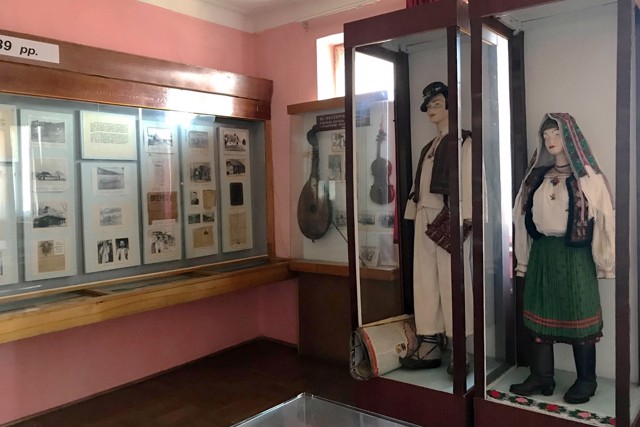
Ternovo Local Lore Museum named after Ivan Zayats
Museum / gallery
The Ternovo Museum of Local Lore bears the name of its founder, the former chairman of the Ternovo village council, Ivan Zayats.
On his initiative, in the early 1980s, the Ternovo Museum of Local Lore began to function as a structural unit of the Transcarpathian Museum of Local Lore, and in 2003 the museum became an independent institution.
The exposition, in particular, presents a layout of the village at the beginning of the 20th century.
In the ethnographic part, ancient clothes, household items and work tools are exhibited.
Documents from the period of Austria-Hungary and Czechoslovakia, historical photographs, old prints are presented.
In the section dedicated to the founder of the museum, you can see rare cameras and film cameras of Ivan Zayats, who was fond of filmmaking.
Reviews Ternovo
Geographical information about Ternovo
| {{itemKey}} | {{itemValue}} |
|---|---|
| Region |
Zakarpattia |
